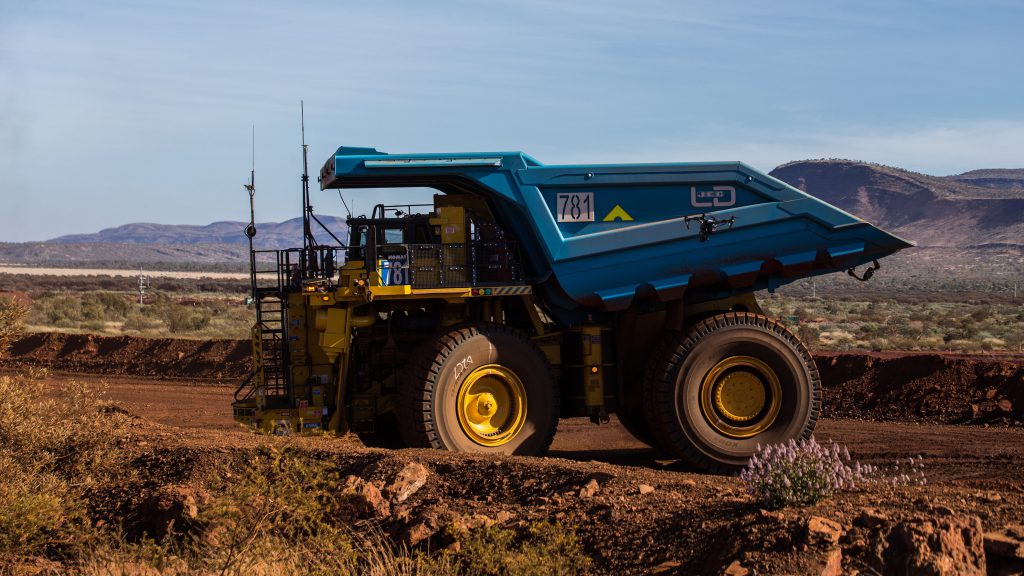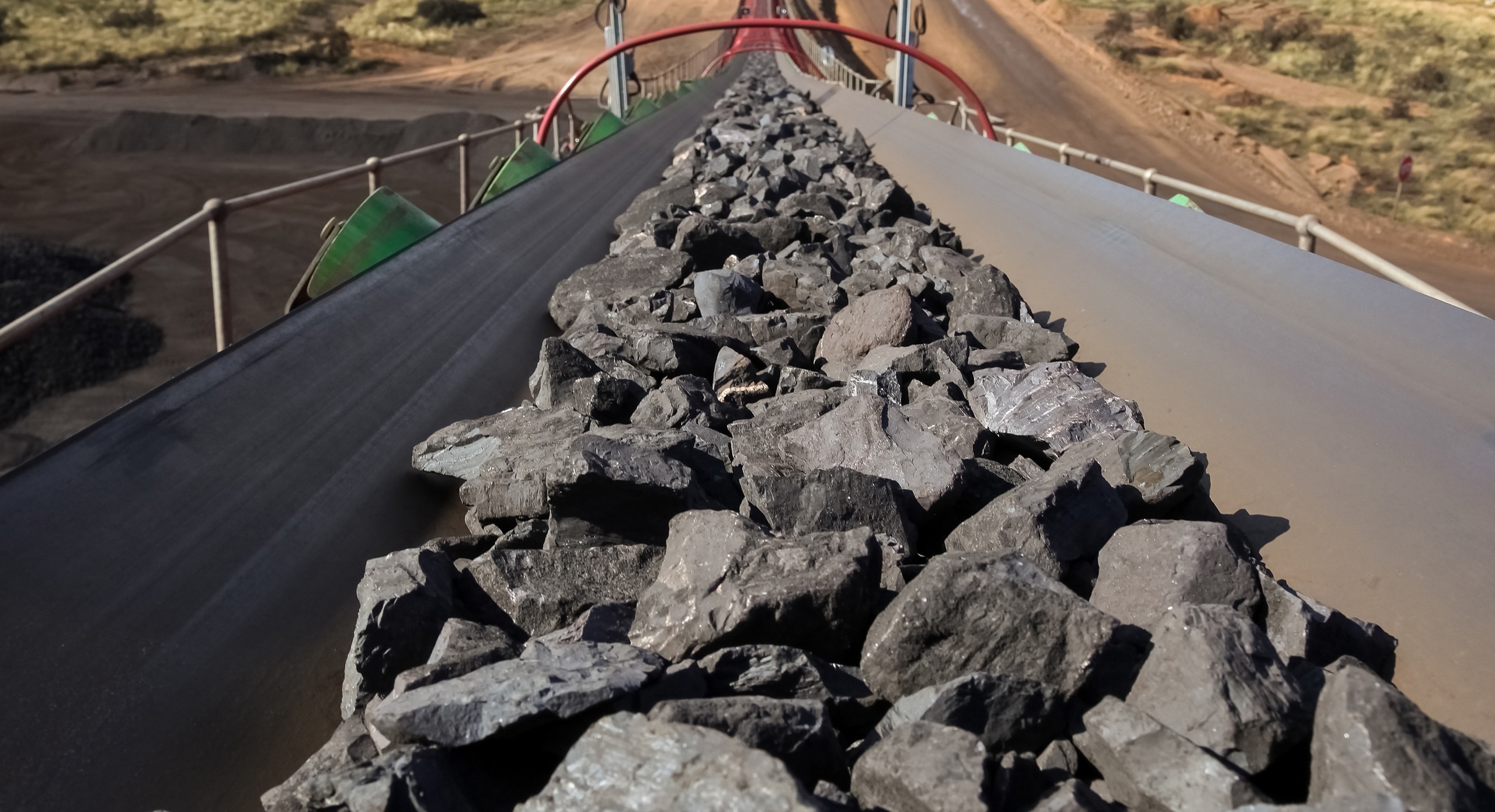Aboriginal group to rate Australian miners on performance

An Aboriginal group said on Wednesday it plans a scorecard to rate miners including Fortescue and Rio Tinto in Western Australia’s iron ore heartland, on how well they comply with various environmental, social and governance metrics.
The Wintawari Guruma Aboriginal Corp (WGAC), which represents the Eastern Guruma region in the Pilbara, said it hoped the move would help educate investors and the broader public after the destruction of ancient rock shelters by Rio Tinto last year.
“It’s not easy for people to hear from the native title holders, so you tend to get just the mining company’s view of the world,” director Tony Bevan told Reuters.
The scorecard would also provide feedback in a way that could be acted on by miners.
“The intent is for it to be a positive and proactive process,” Bevan said.
Fortescue and Rio Tinto who are the biggest miners on Eastern Guruma land, both welcomed the initiative.
The scorecard focuses on five areas: heritage surveys, regulatory compliance, caring for the environment, relationships with Native Title Holders and environmental, social and governance (ESG) reporting.
WGAC will assess miners’ performance over the course of a year based on 34 questions, then publish the results and provide feedback. Fortescue said that a scorecard would benefit from including training, employment and business development opportunities, feedback throughout the year and a mechanism to address differences of opinion regarding subjective matters.
More than 93% of Eastern Guruma country is covered by mining tenements, making it one of the most heavily explored regions in Australia, WGAC said.
Rio operates six mines and three rail lines in the region and Fortescue operates the large Solomon mine and a rail line. Both companies are seeking approvals for significant expansions of their operations, WGAC said.
Bevan said WGAC could help other Indigenous groups develop similar scorecards and was open to speak with the miners about the metrics and rating process.
“The more transparent we can be, in terms of our process, the better the outcome will be,” he said.
(By Melanie Burton; Editing by Christopher Cushing and Jacqueline Wong)
More News
{{ commodity.name }}
{{ post.title }}
{{ post.date }}



Comments